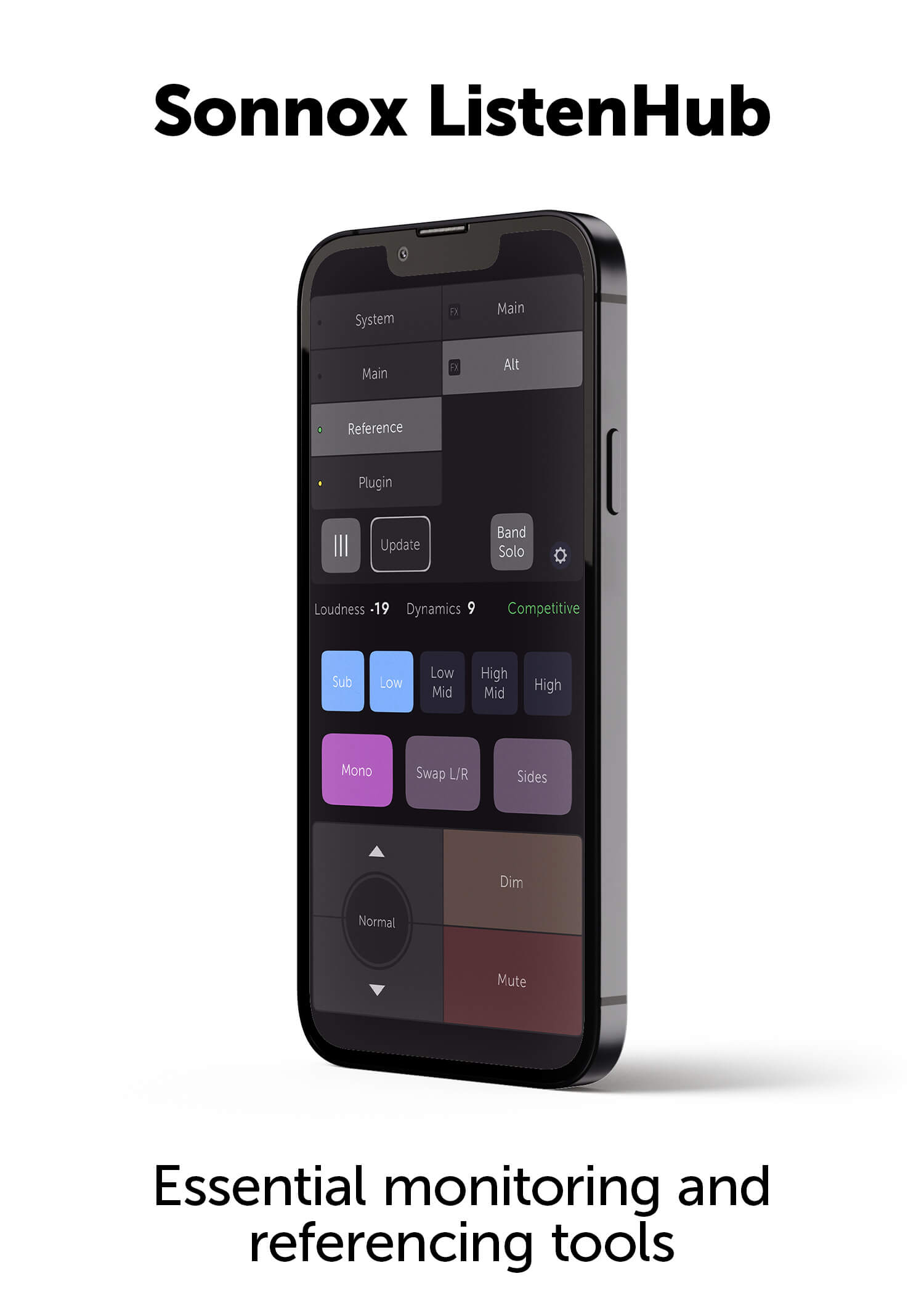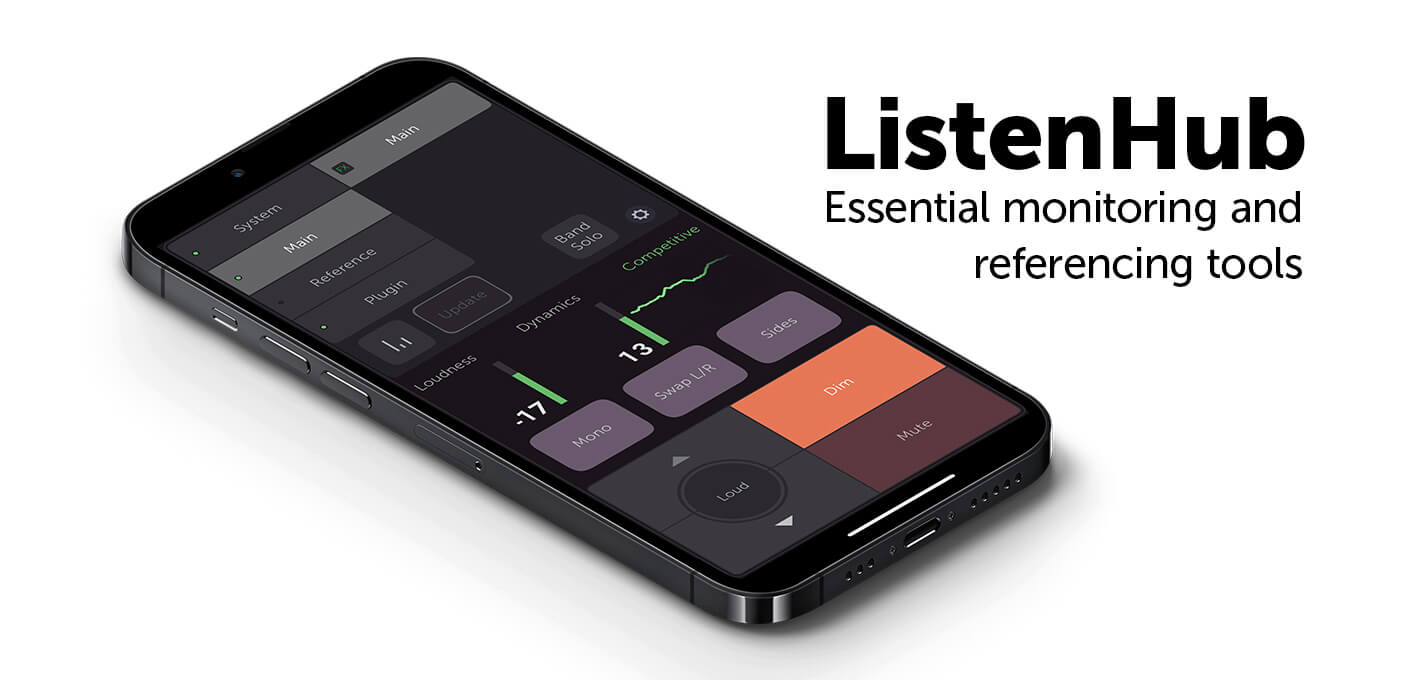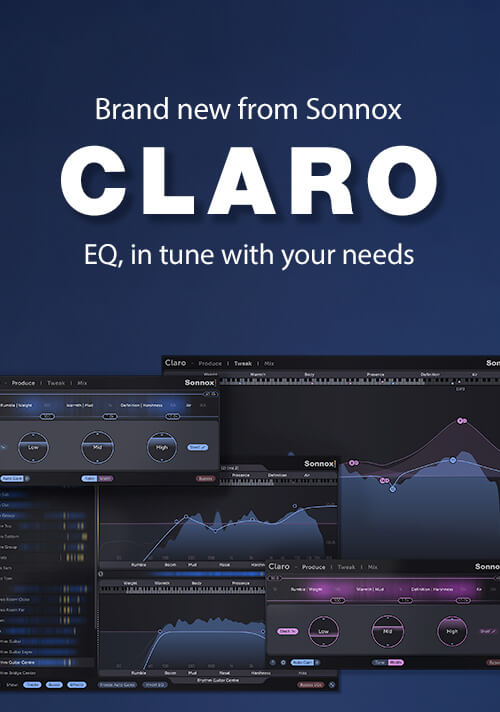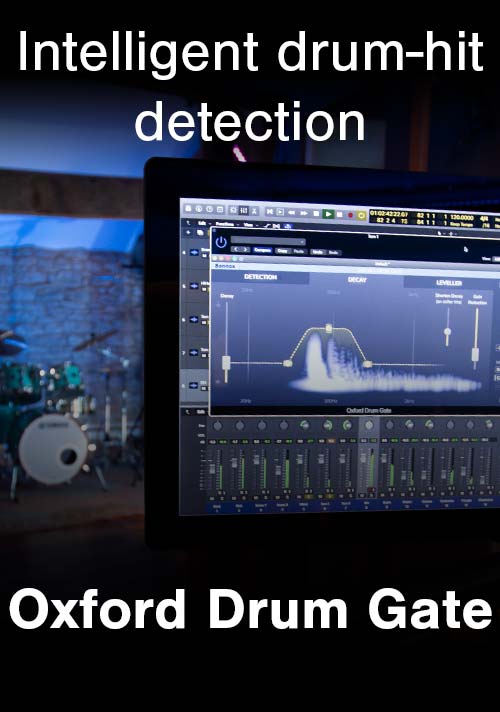Michael Prowda
Michael Prowda Nails His Live Sound with Oxford Plugins
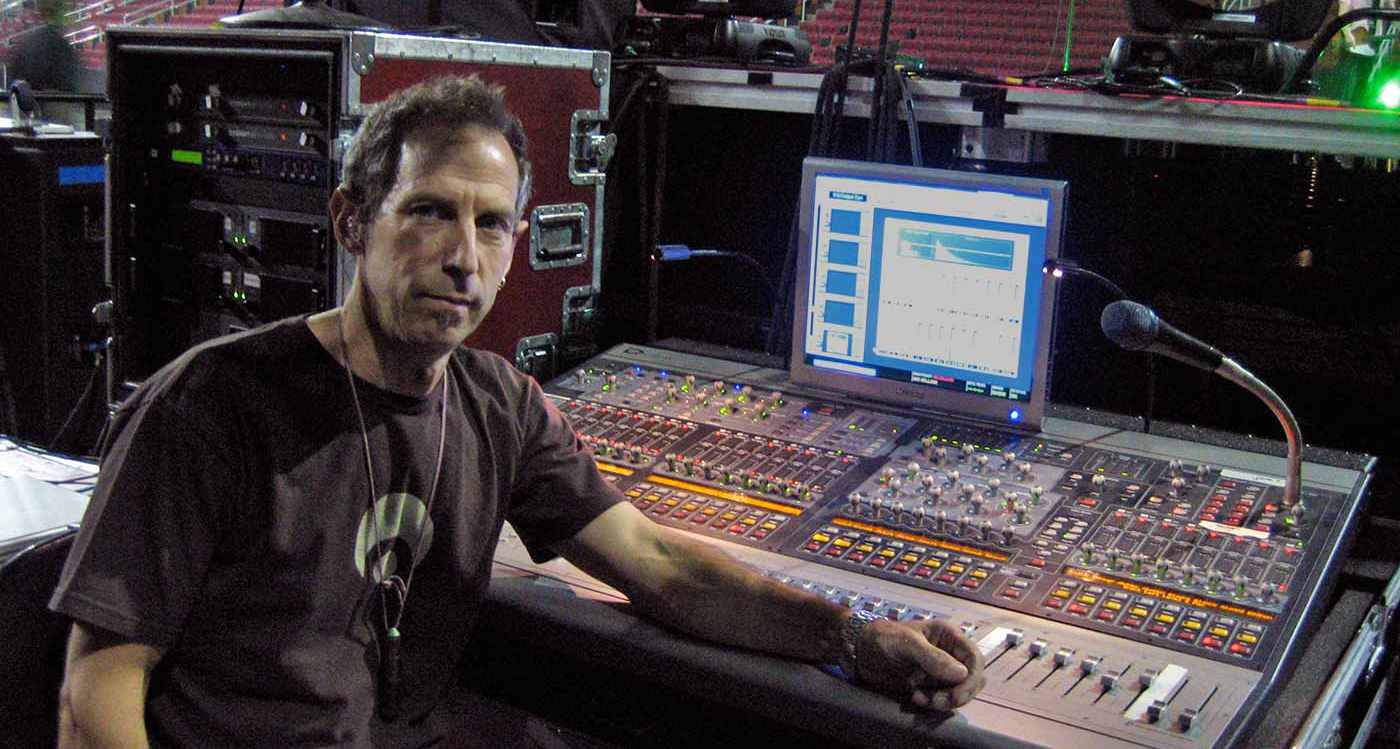
While many engineers spend lots of time on the road, very few have circled the globe more times than they can remember. Michael Prowda is one of those warriors whose passport looks like a major international stamp collection. In his work as a live sound engineer for 30-plus years, he’s trotted the globe with superstar artists like David Bowie, the Eagles, Prince, Frank Sinatra, Blue Man Group, Hole, Earth, Wind & Fire, Whitney Houston, Joe Jackson, Lenny Kravitz, Grateful Dead, Heart, and Rufus Wainwright. Currently on the Nine Inch Nails tour, Prowda made time between shows to talk about some of his favorite new ‘toys’, including his use of Sonnox plug-ins.
What was your main gig on the road?
Most of these projects were long term touring situations, mixing monitors. I was involved with the first wave of in-ear technology, working with Stevie Wonder in the early 80's. The in-ear monitors back then looked like something Uhura used on Star Trek. All technology has evolved and I've done my best to stay on the foamy edge of the wave .
Speaking of technology, tell us a bit about the gear you’re using on this Nine Inch Nails tour?
I’m using a Digidesign Profile console, from which I can run plug-ins such as the Sonnox Oxfords. We also use the Sennheiser G2 in ear RF systems. It actually looks like an Apple convention on stage, with many of the musicians sounds being sourced in the digital domain using computers and advanced software. There’s loads of new technology on this NIN tour.
Which Sonnox Plugins are you using?
The favorite EQ in my plug-in toolbox is the Oxford with the GML option. It’s just great sounding. Within the last several years, I've adopted this technique of using broadband EQ on certain instruments such as the electric guitar and keyboard. For example, a piano uses a huge amount of the audio spectrum and can have a masking effect on the vocal sound in the mix. Too much competition in those critical mid-range frequencies around 700Hz can adversely affect a properly balanced sound. The GML curves lend themselves to this type of musical shaping for me. I also use the Oxford Dynamics on some of the enhancement tracks, to try and keep the dynamics within my mix window. Also, the Oxford Reverb is the most open sounding spatial tool I’ve heard to date. I use it on the main vocal and it doesn't sound like reverb, but more like a true space.
Can you give some examples of how you use them?
I set the Reverb on one permanent spatial setting. It's one of the room sounds that I found - I added enough space but didn't produce the sensation the lead singer was Madonna, or singing in a church somewhere. There aren't any unnecessarily confusing logarithms in these programs. It feels like a real space to me. I use the EQ as a sonic shaper on lead guitars and the Dynamics on the backing tracks with the most radical dynamics.
Why do you choose Sonnox over similar plug-ins?
The Oxford plug-ins sound great and uncolored to me. I've had the opportunity to demo these over the years, and slowly put a pallet of sound tools together that are familiar and know will solve certain problems. One of the great things about the Digidesign platform is the ability to demo a plug-in before deciding on its acquisition - personally or through the audio vendor. In the old days we would have a piece of gear sitting in a rack for the duration of a lengthy tour after it was felt unnecessary or inappropriate - a total waste of resource. It's a whole new world out there so get with it or get left behind.
Anything that makes my mix sound better is a plus and we all know I need all the help I can get. The blue color of the Sonnox plug-ins attracts the female species like a guy wearing a pink Polo shirt. It's done wonders to show girls my sensitive caring side.
Interview and editorial provided by Rich Tozzoli
